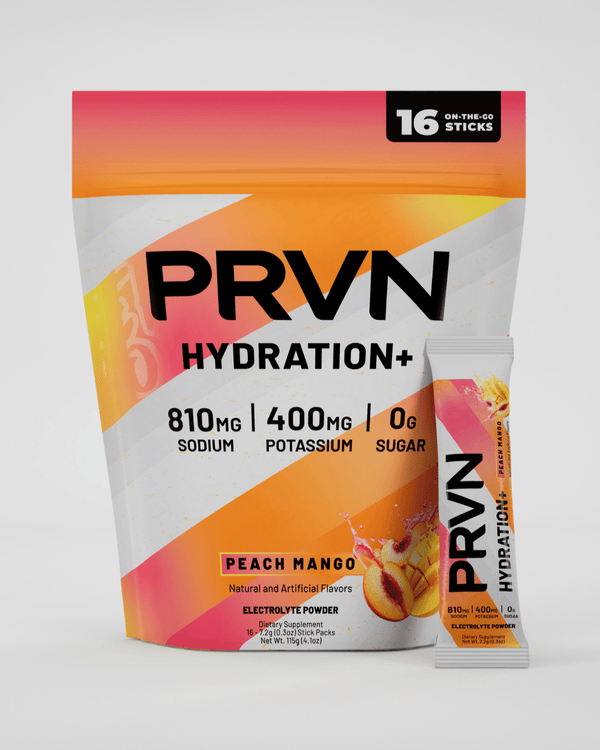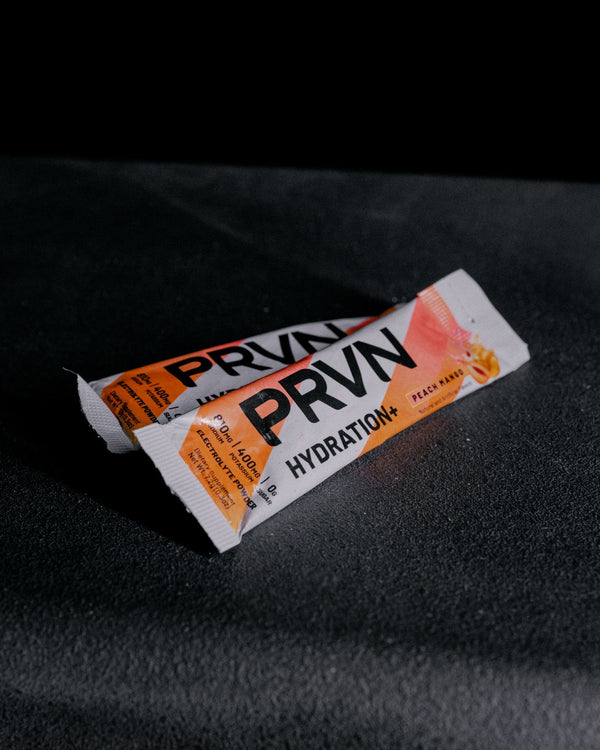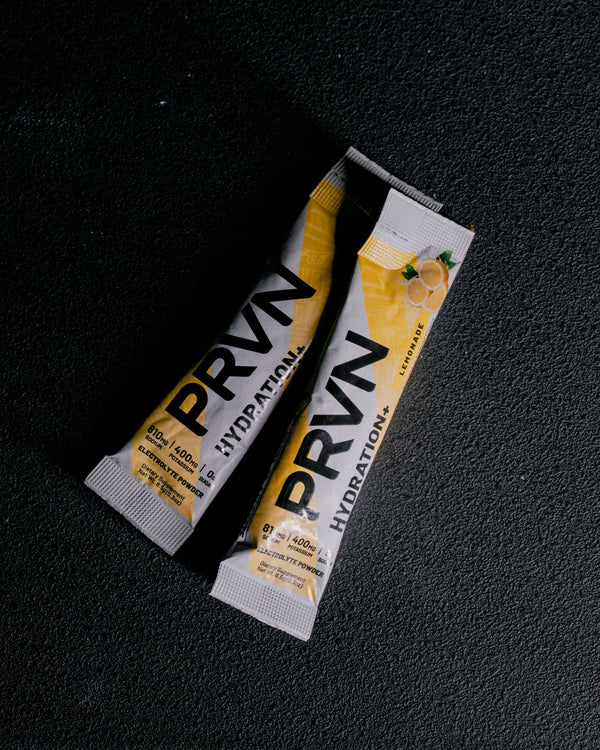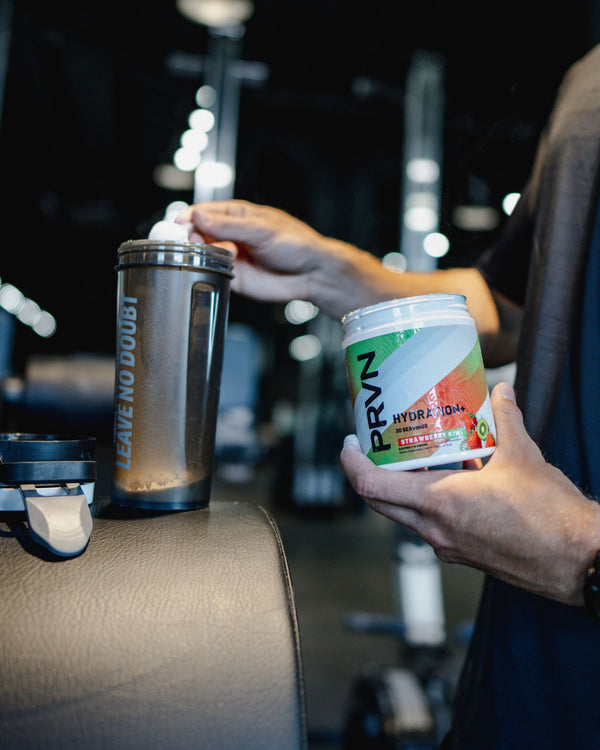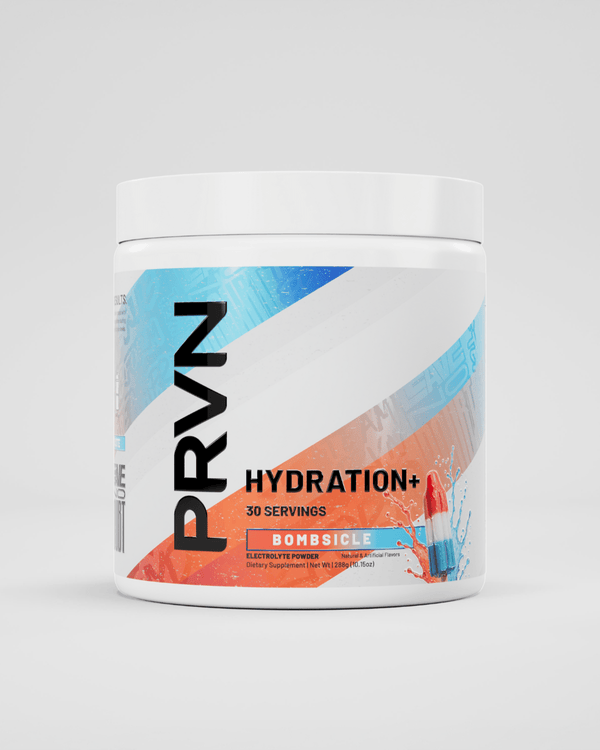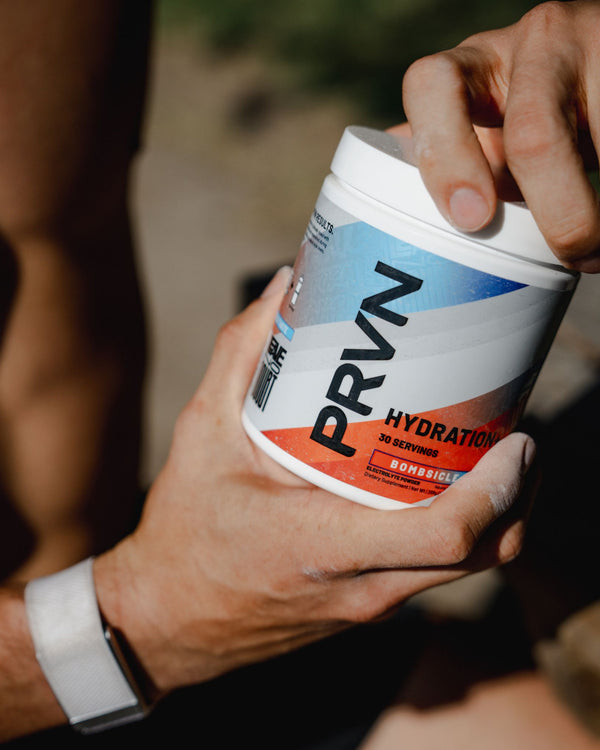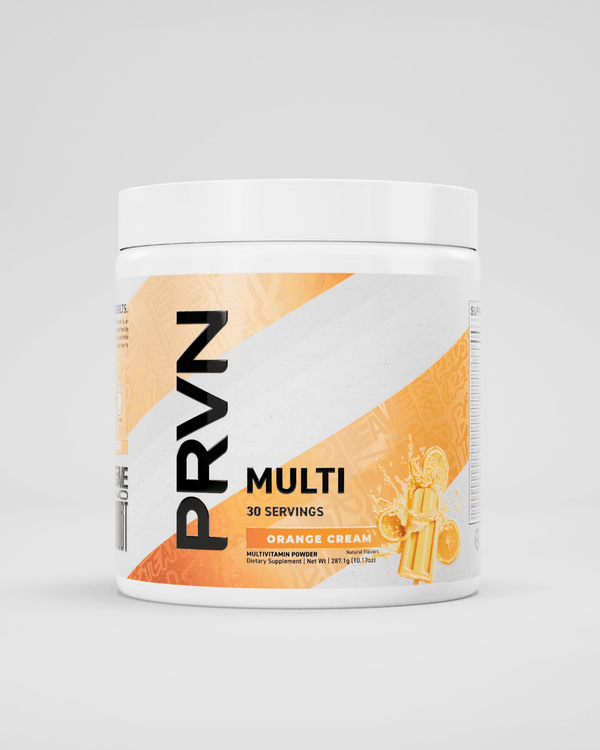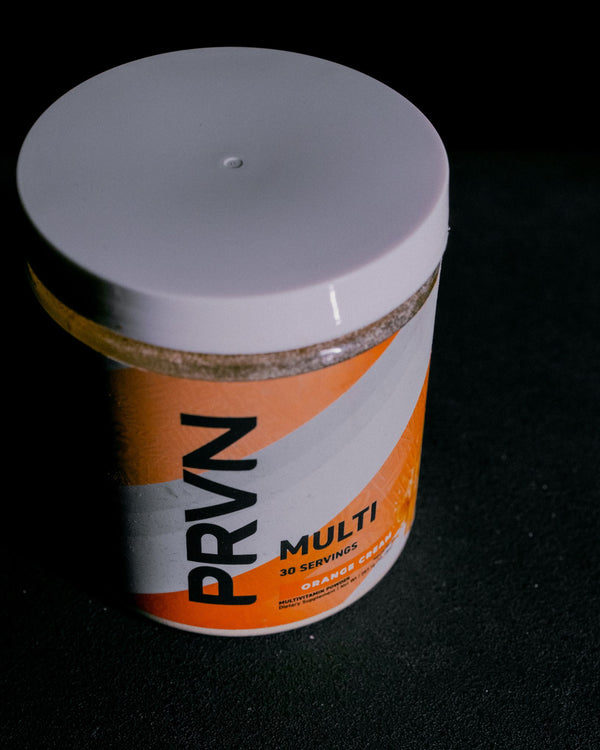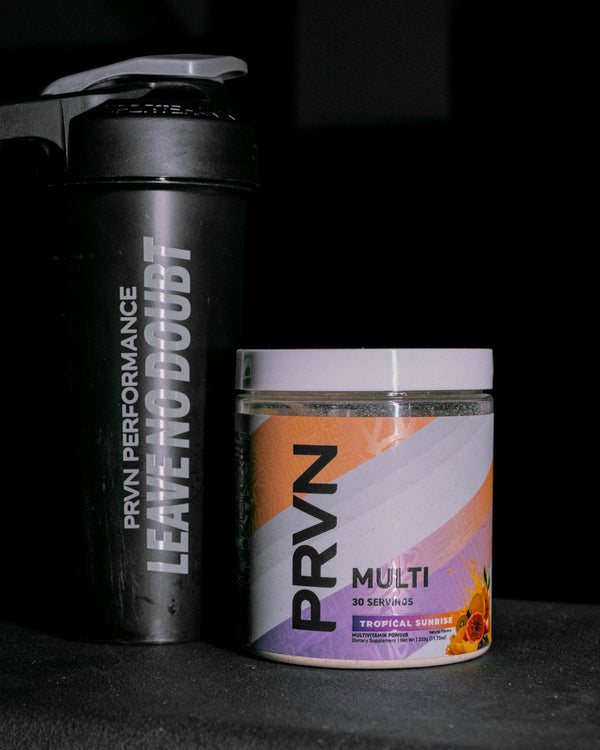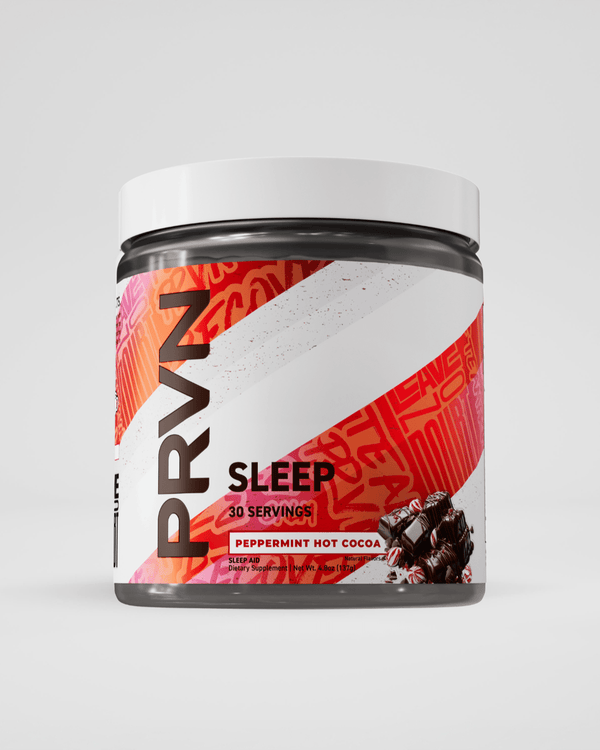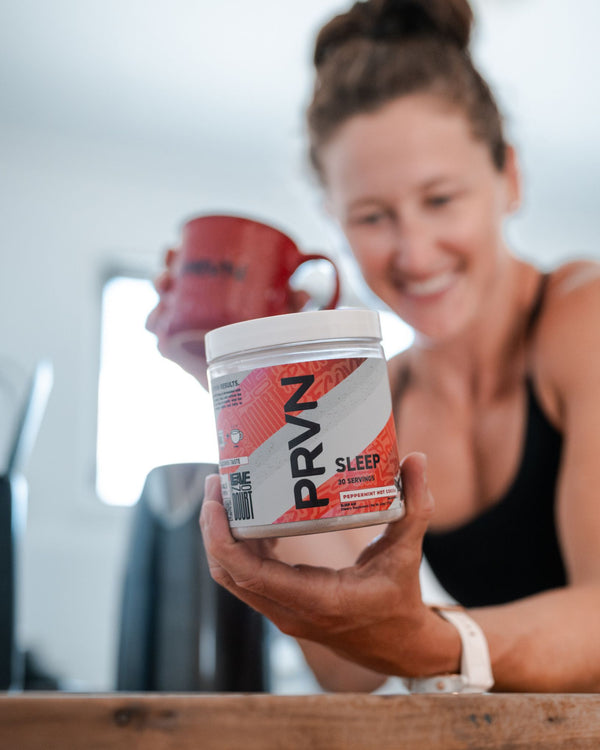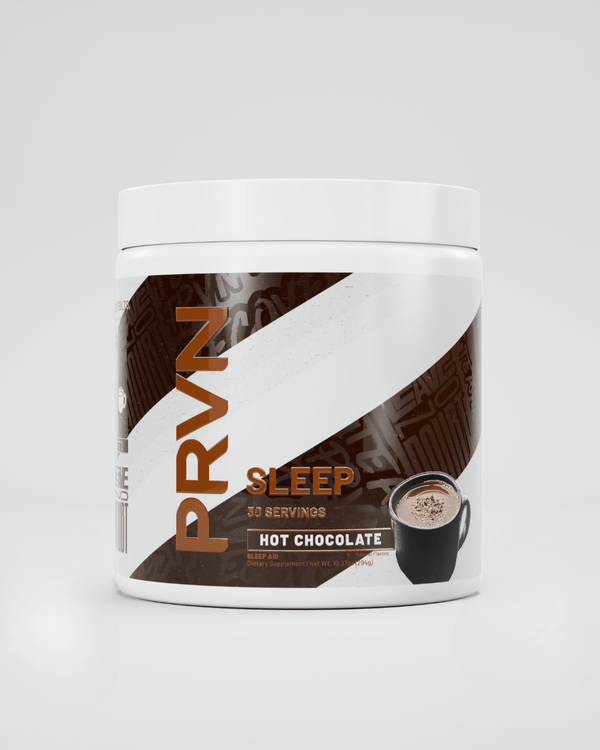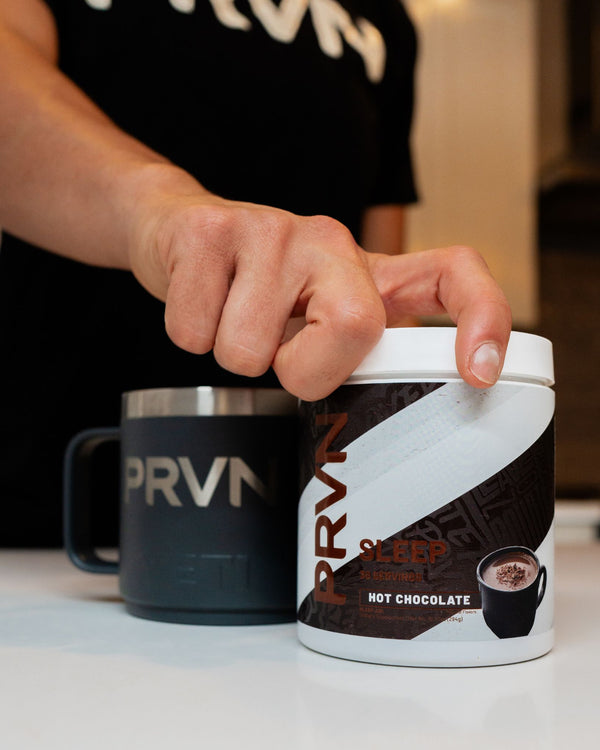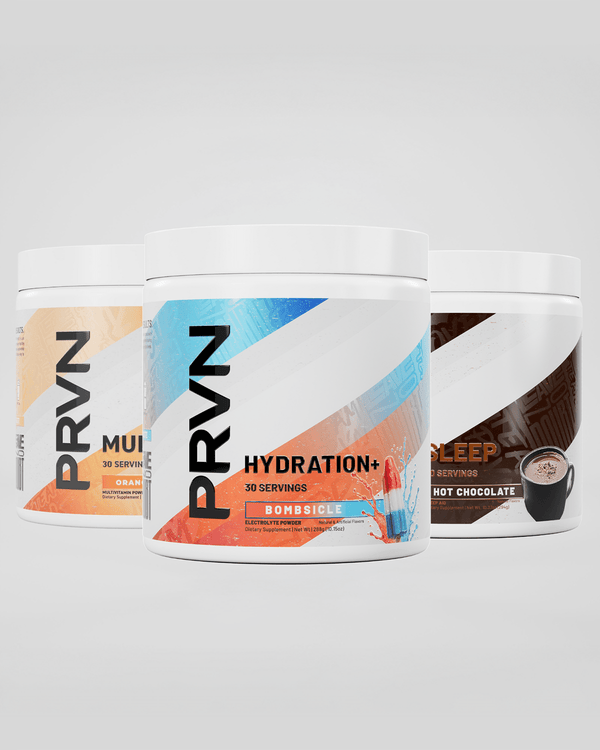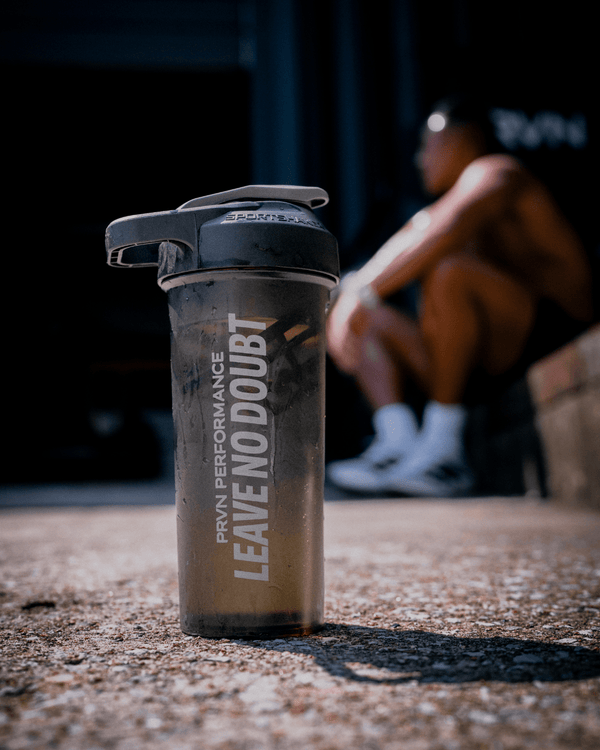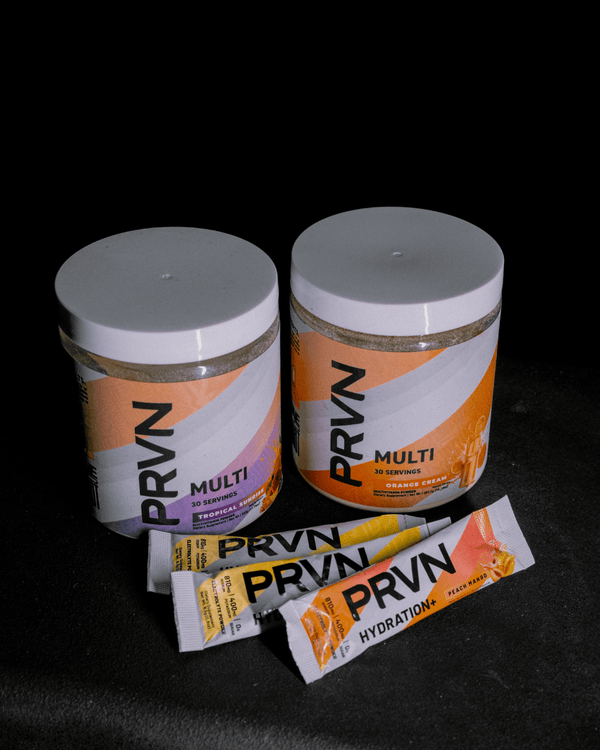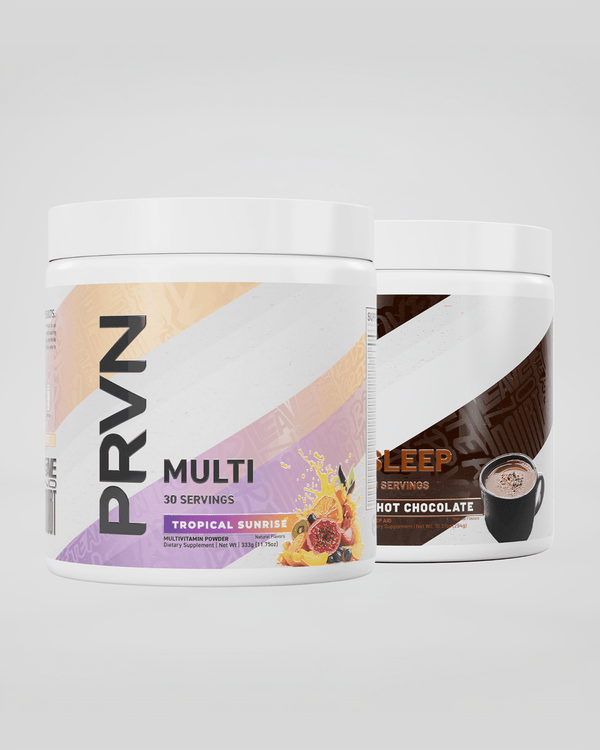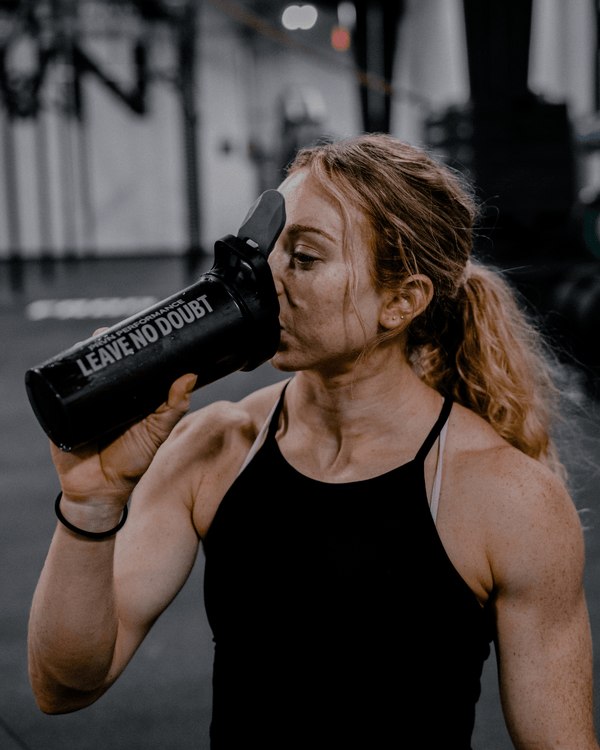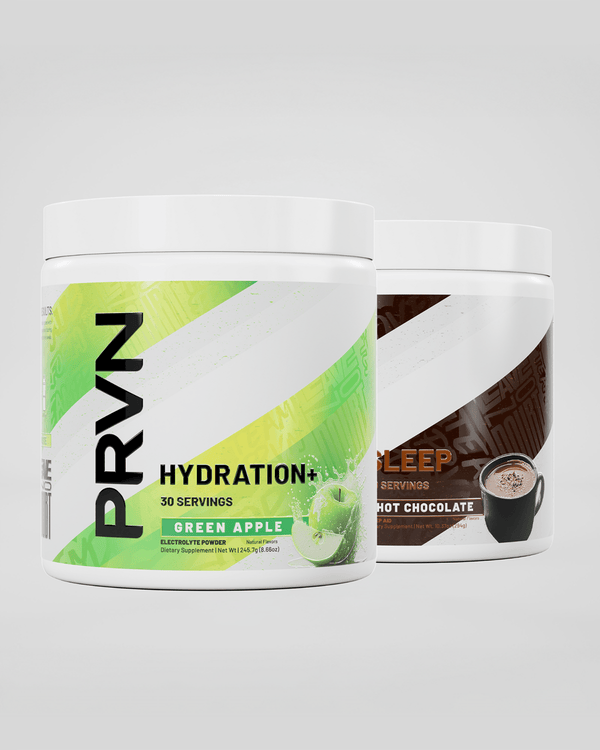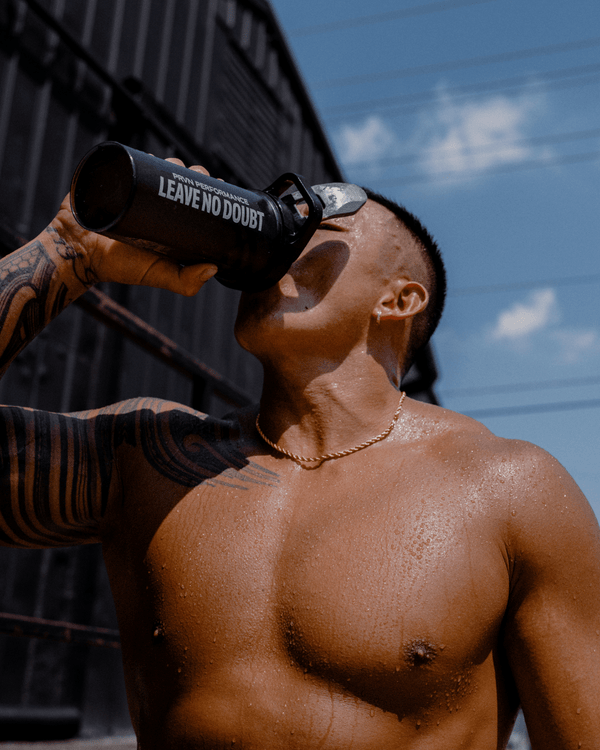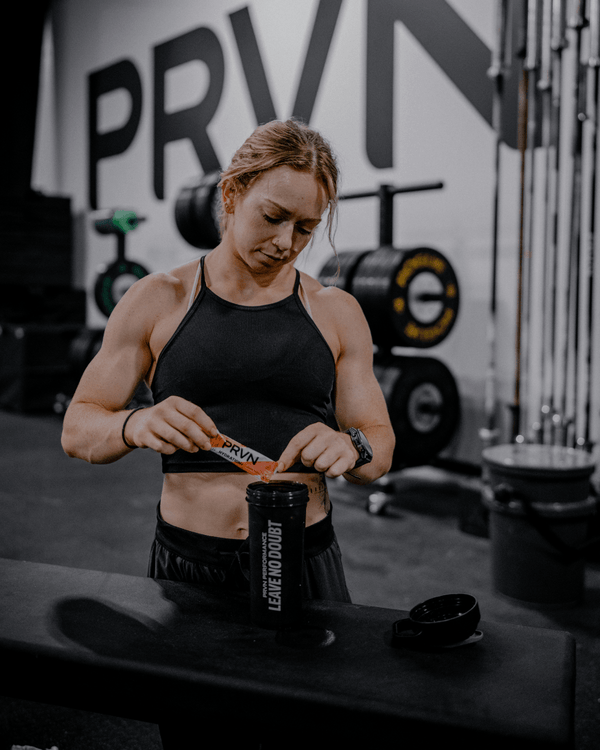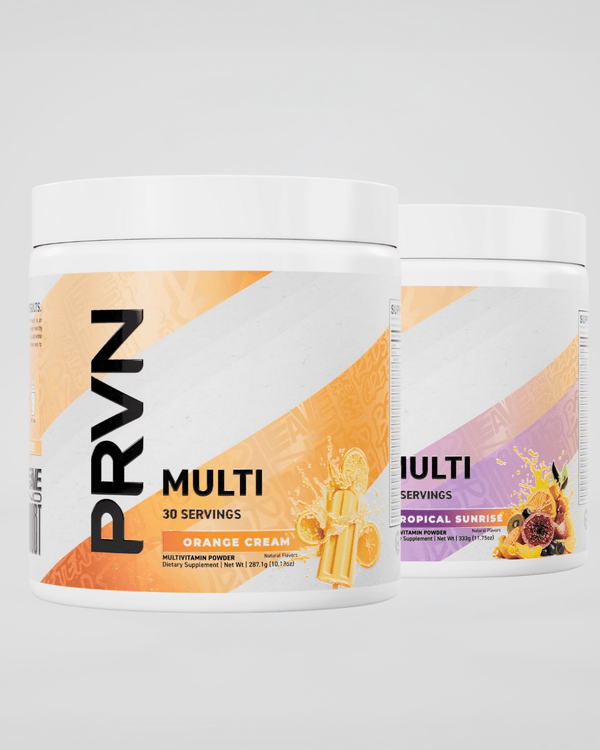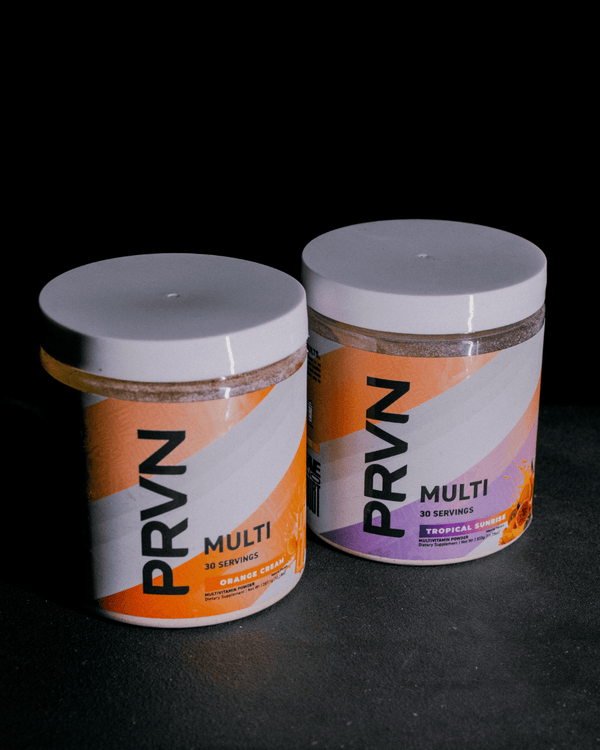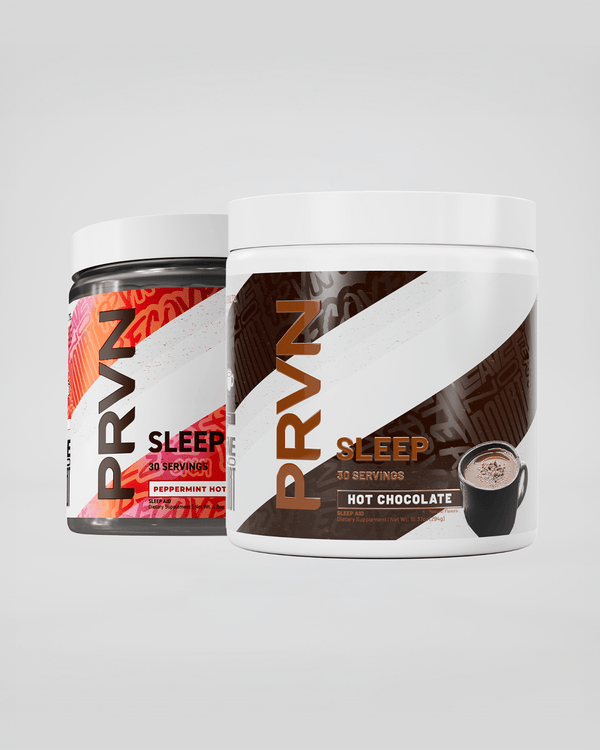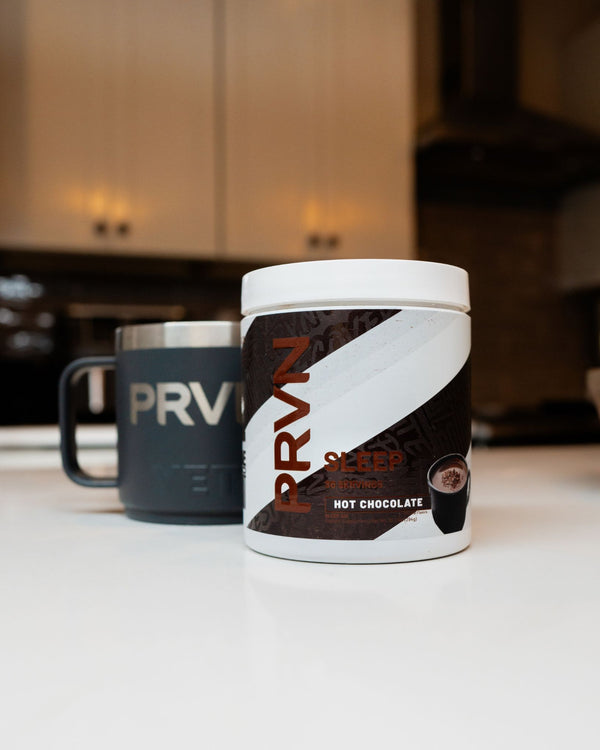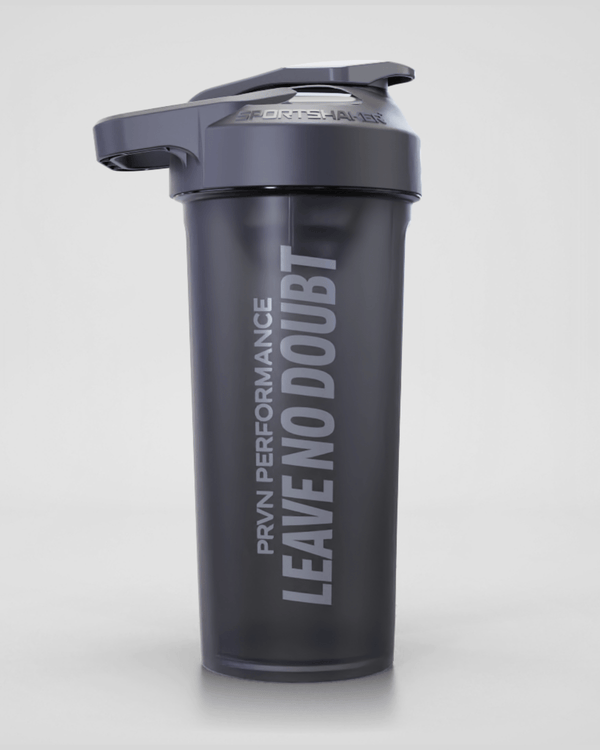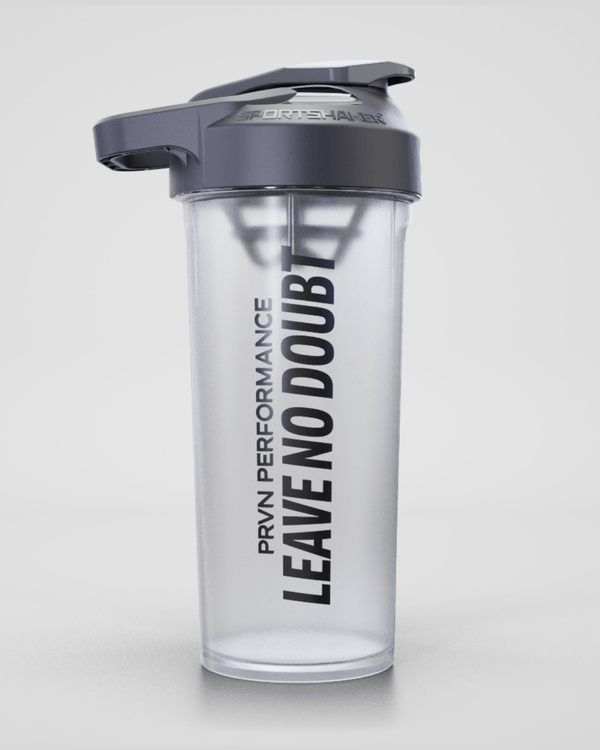As we age, our ability to move comfortably and live independently becomes a priority. I don’t think there is a person among us who wishes to have a caretaker or family member to accompany us to the bathroom every time. So how do we ensure that we can remain independent as we age gracefully?
People walk into our affiliates with a number of different goals. Some want to compete in the sport of CrossFit, some people want to look good in the mirror, some people want to build confidence through learning new skills. Regardless of the reason they walk in the gym, their ability to reach those goals, and continue to move well after, will largely depend on the coaches ability to teach the movements properly, and then hold the standard for those movements.
Seeing and correcting in an affiliate class is perhaps the hardest skill to acquire at a high level. The ability to see and make corrections to movement flaws in a group class where everyone’s heart rate is at 170+ and music blasting is nothing short of a miracle. But skilled CrossFit coaches do it everyday. Here are are few quick tips on how to elevate your coaching game.
First, look at the macro. This means taking a broad sweeping view of the class. This allows you to see any gross movement errors that are extremely obvious to even the untrained eye. This is the way to get the low hanging fruit. Once identified, we can start to work on cues that will help the athlete make the proper adjustment that we are looking for.
After that, if we don’t see any massive movement errors, we need to go micro. This means making our way to each athlete in the class and looking at multiple reps of a certain movement. And when we do that, we look at individual spots to detect flaws. For example, we may only look at one athlete's feet during a set of wall balls to see the outside of their shoes coming off the ground which contributes to a movement error up the chain such as the knees caving in. If we fix the feet we may also fix the knees. On another athlete we may look simply at their elbows in a power snatch. If the elbows are soft and not locked out, we can cue them to snap the elbow lockout fast or flex the tricep to get that more stable overhead position and perhaps some increased speed under the bar.
Constantly holding these athletes to a higher standard of movement quality will help keep them healthy and coming back to the gym everyday. If that happens, they are going to continue to hit goals they set for themselves and work towards a point just above the horizon in the distant future. And if they are getting just that 1% better everyday because they are moving better, we’re doing our jobs as coaches.

